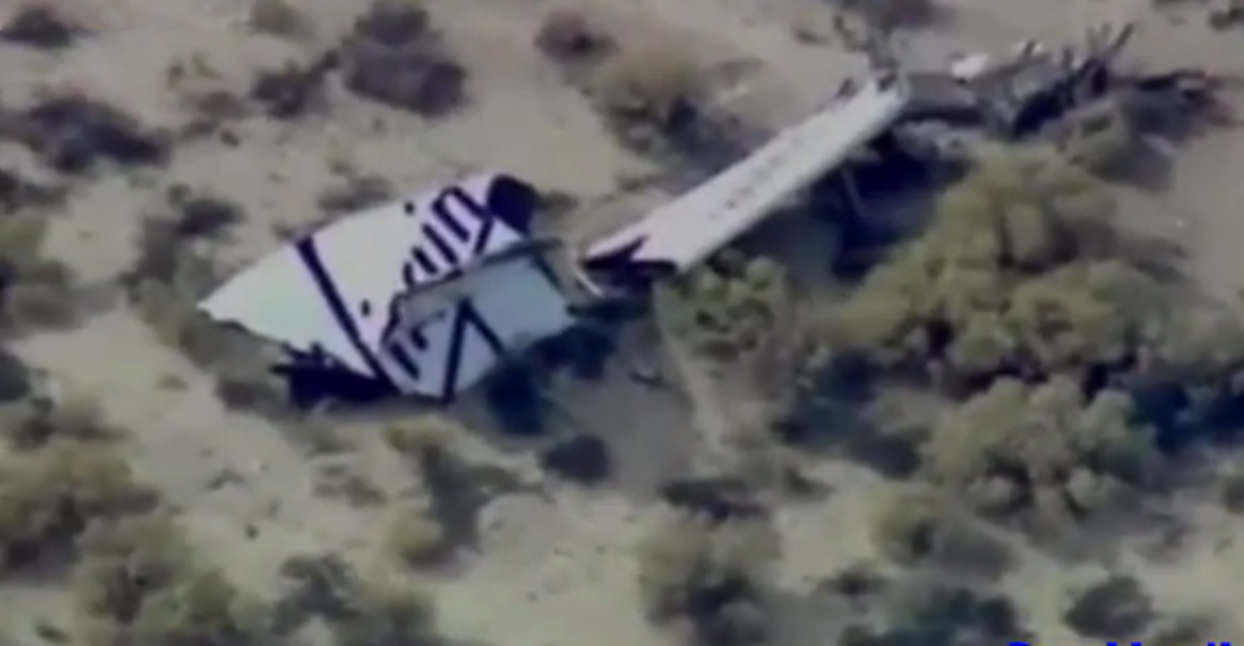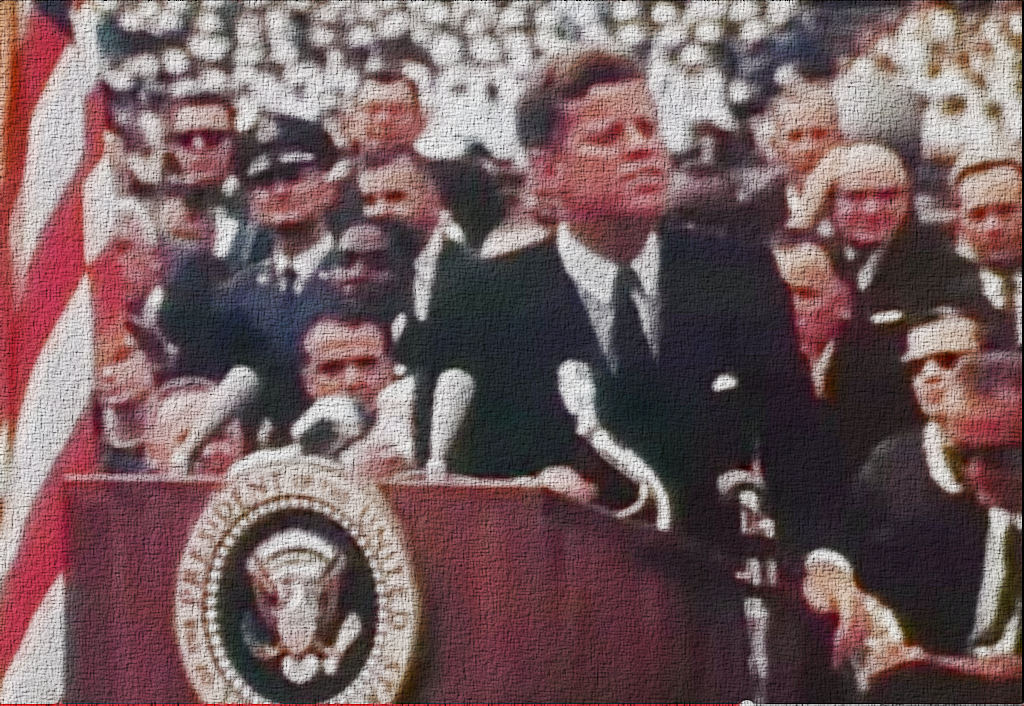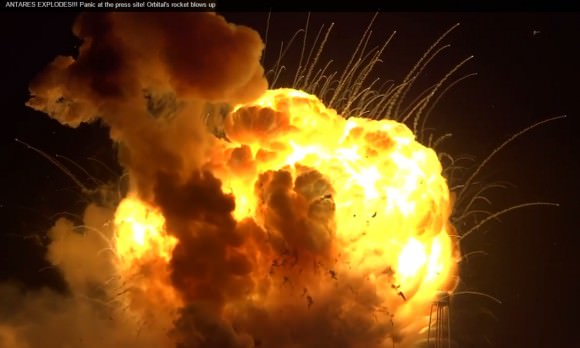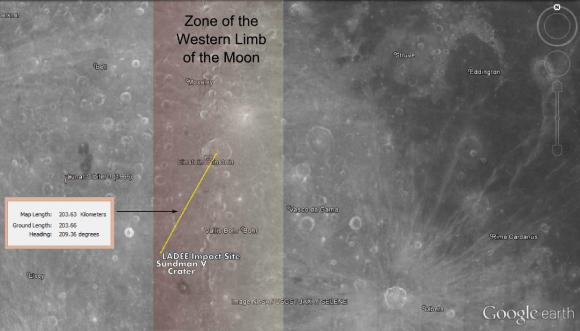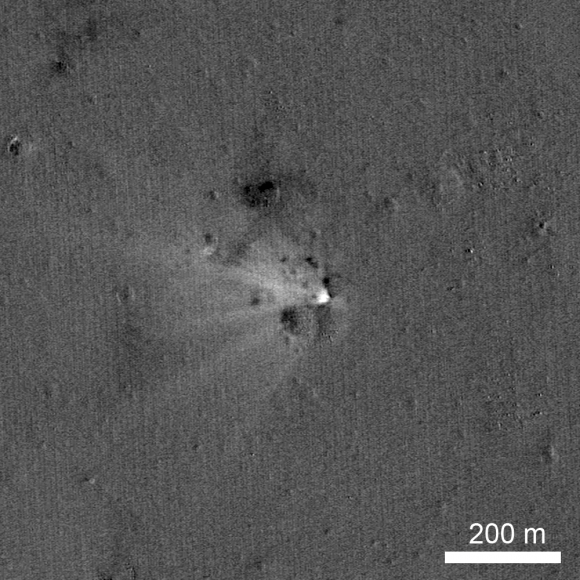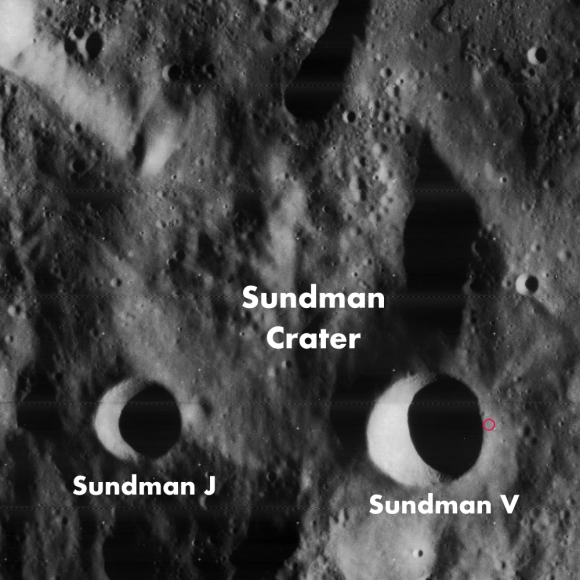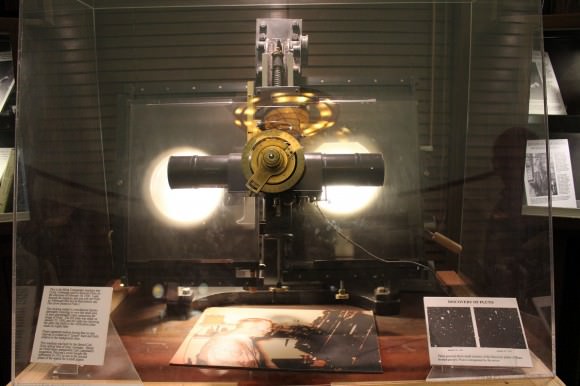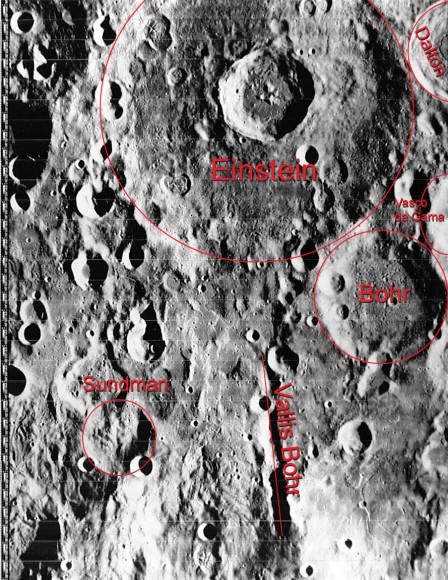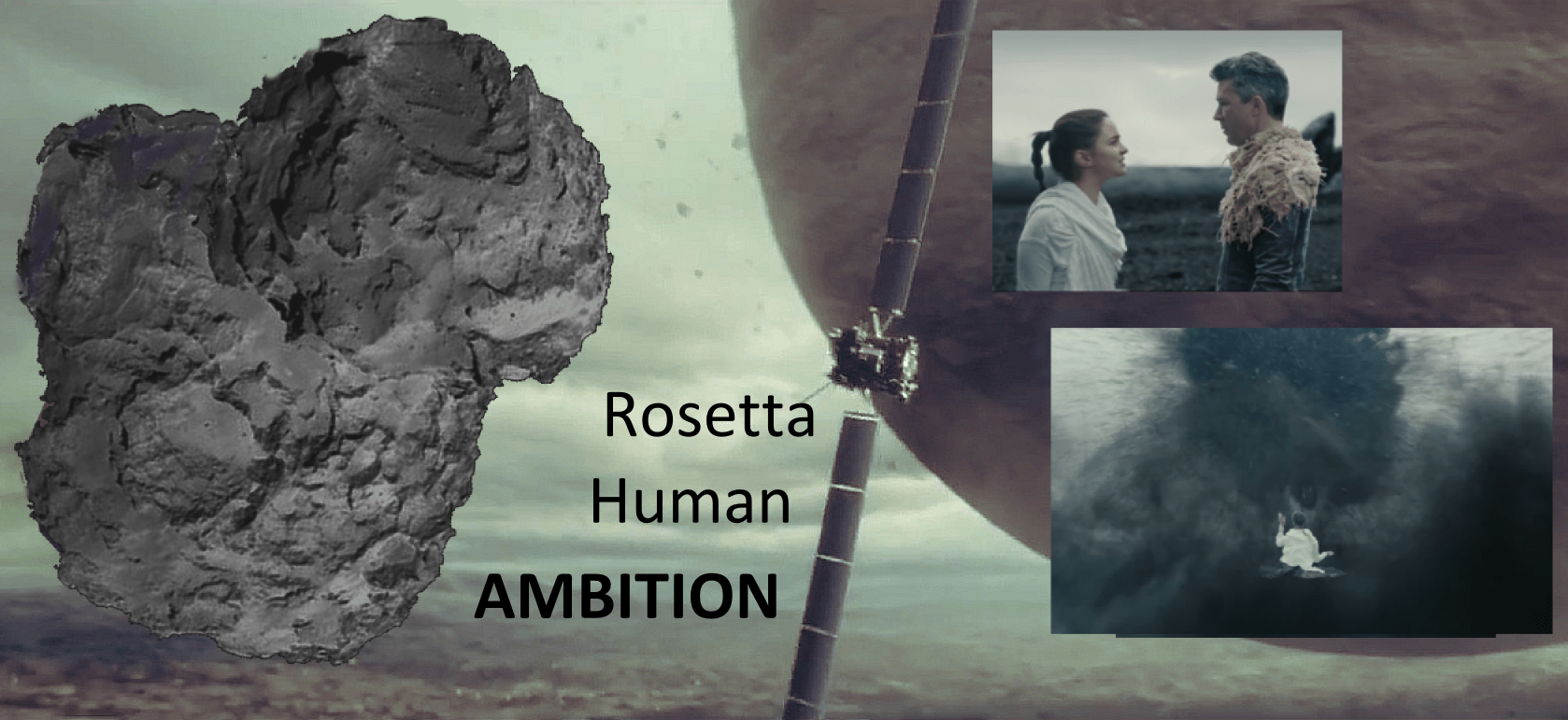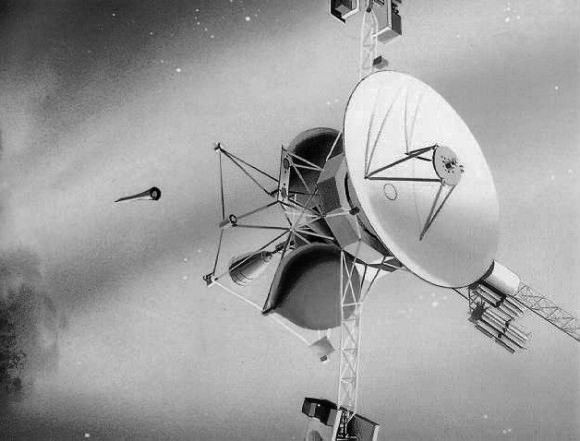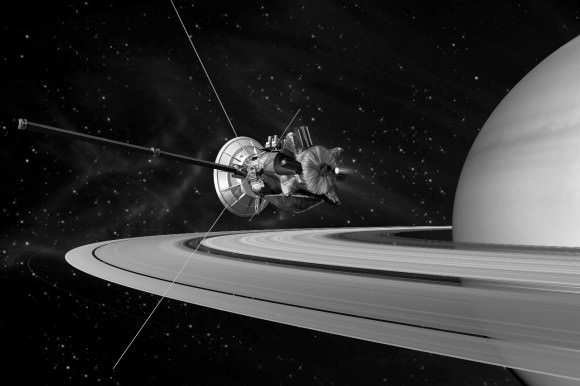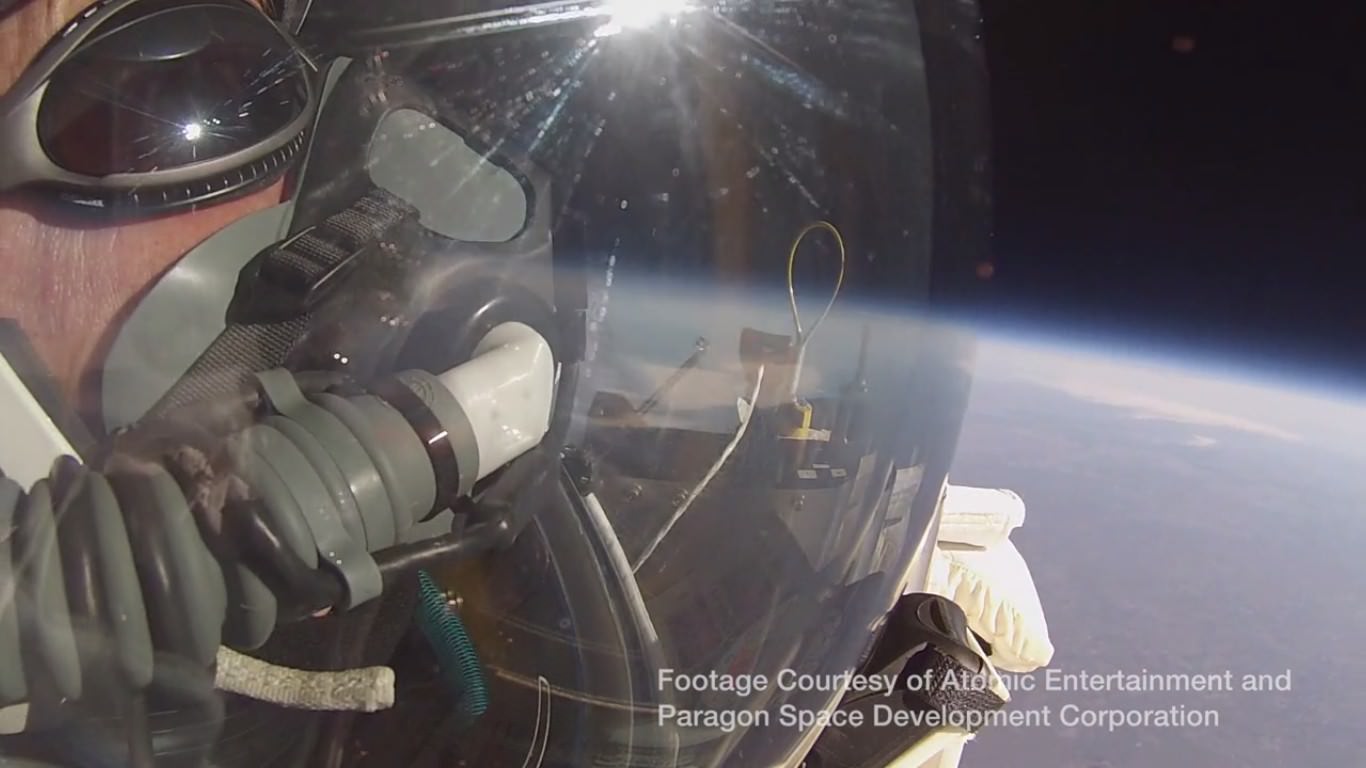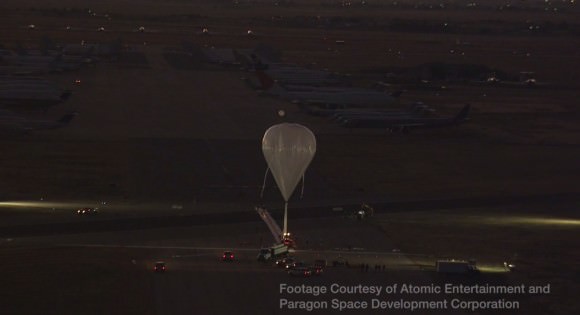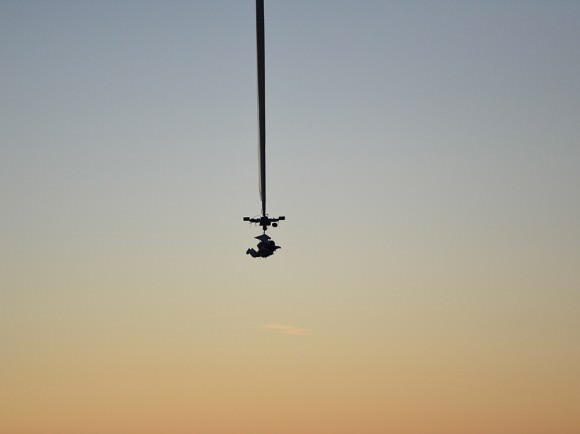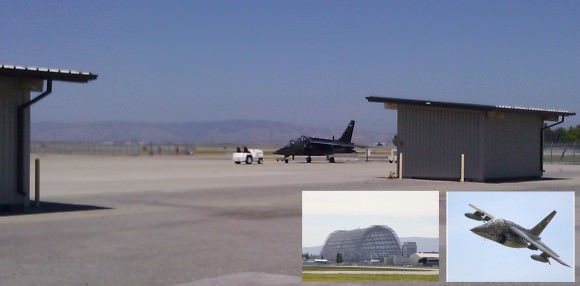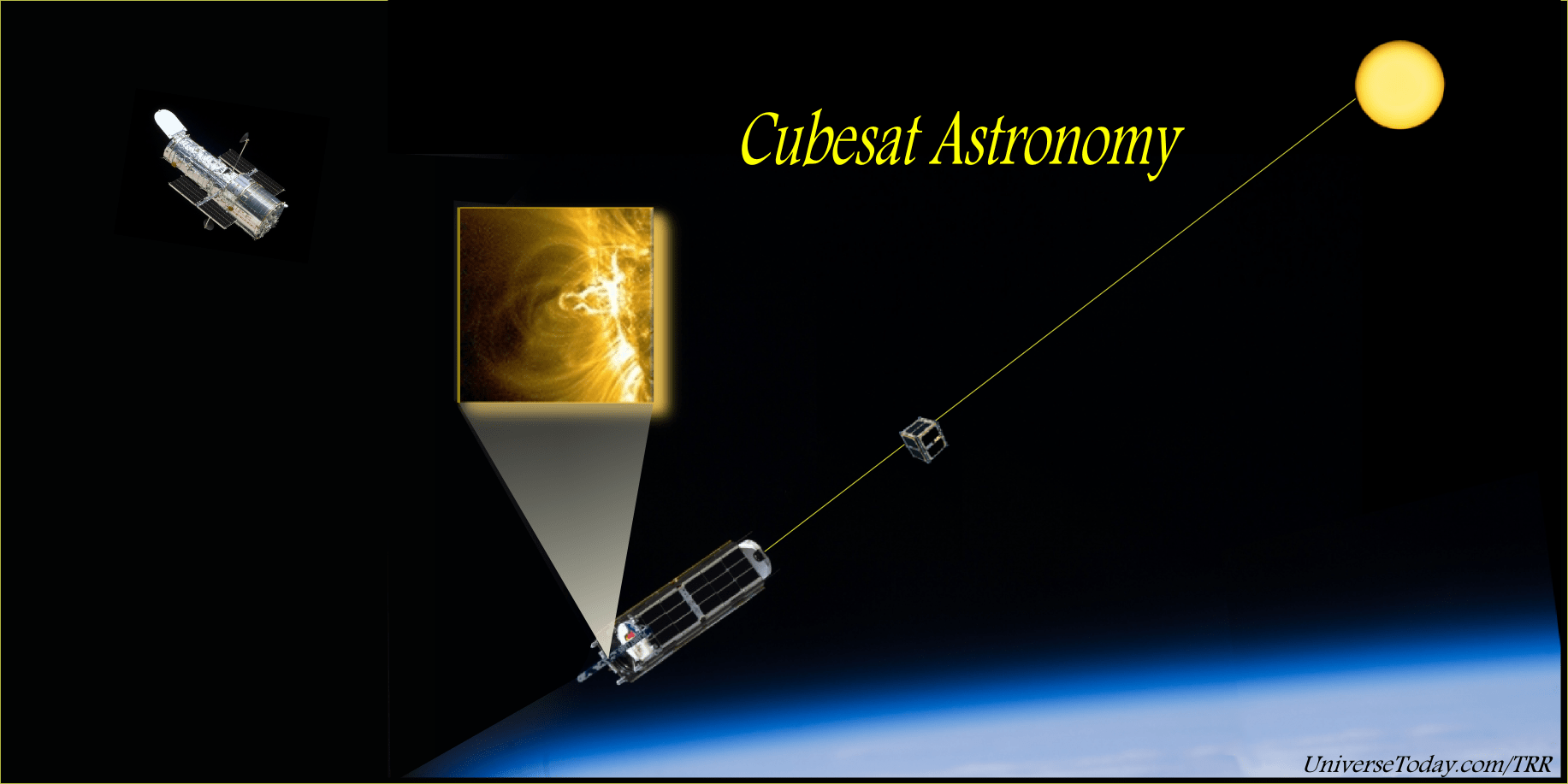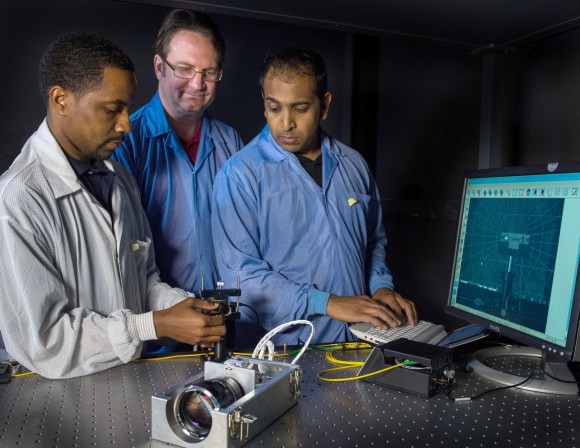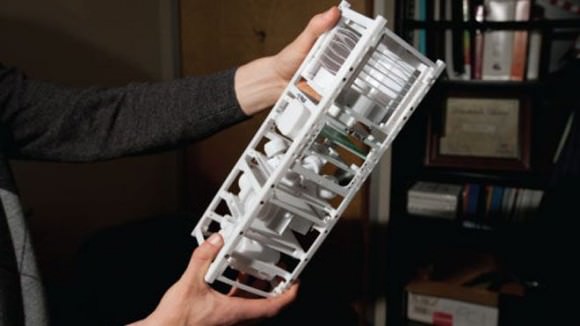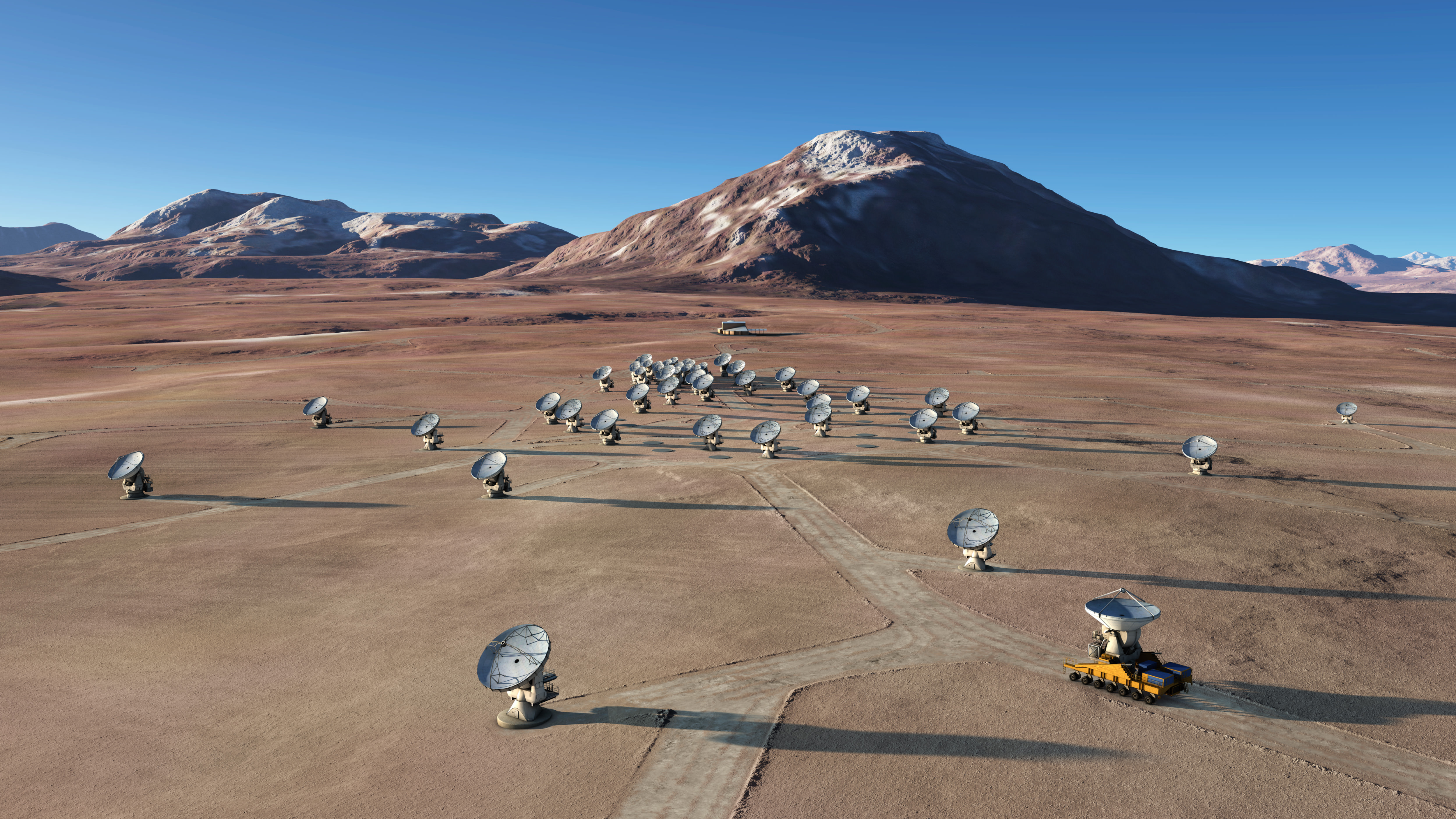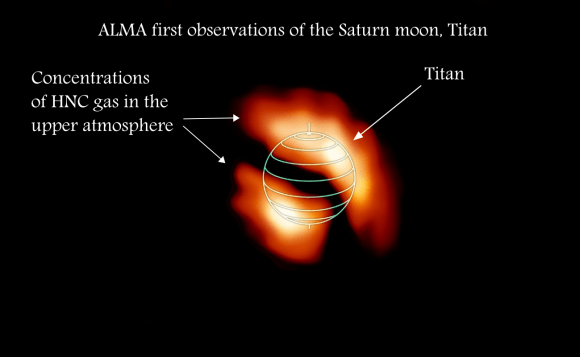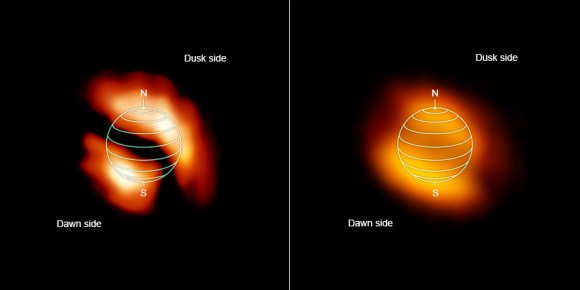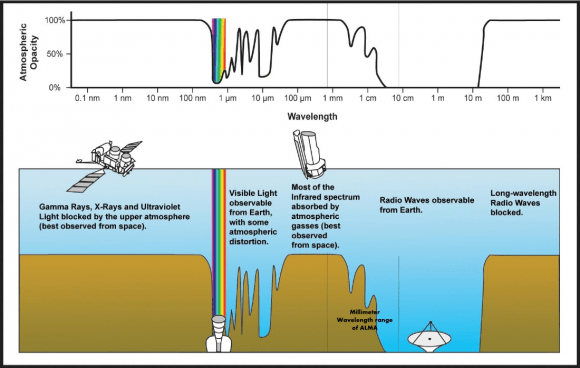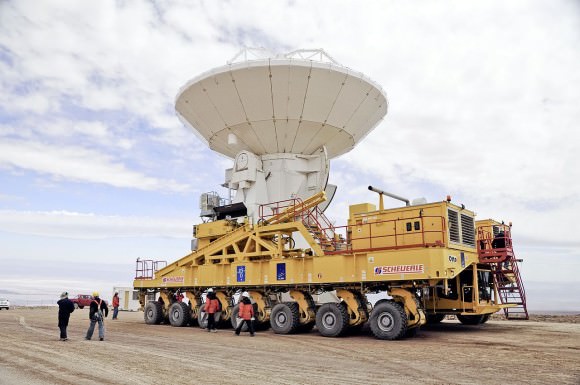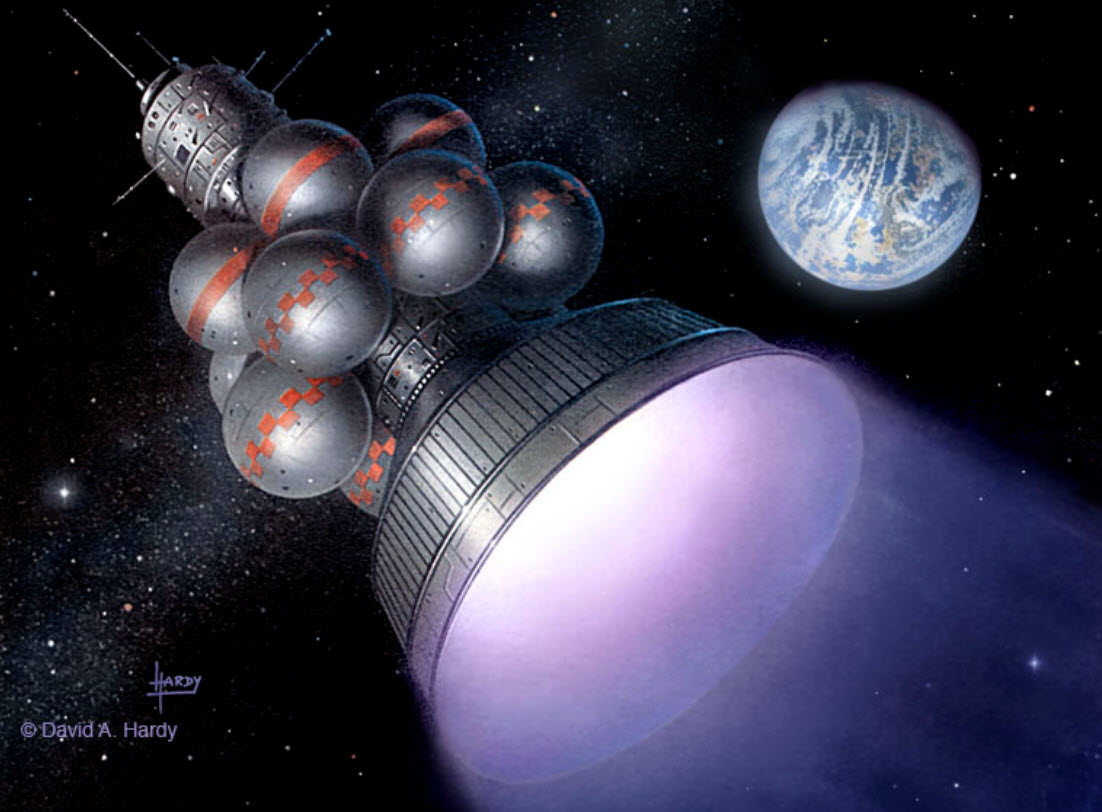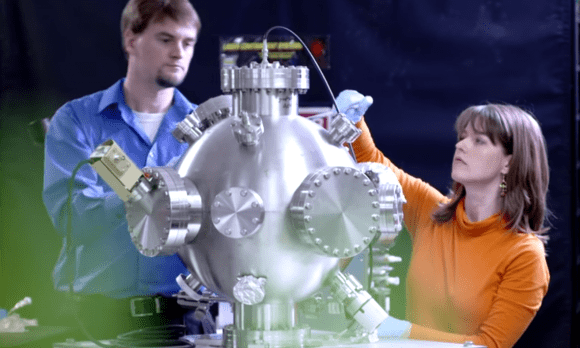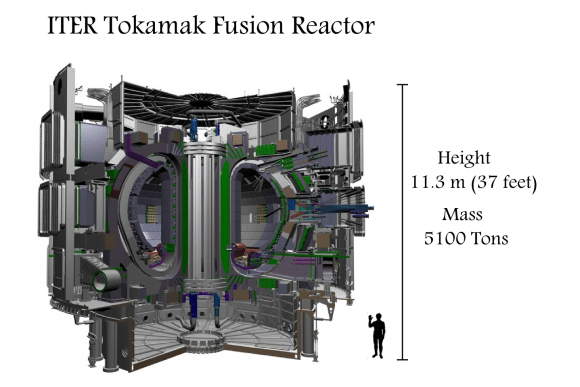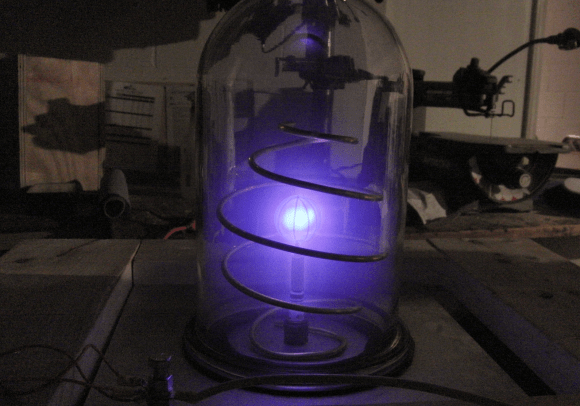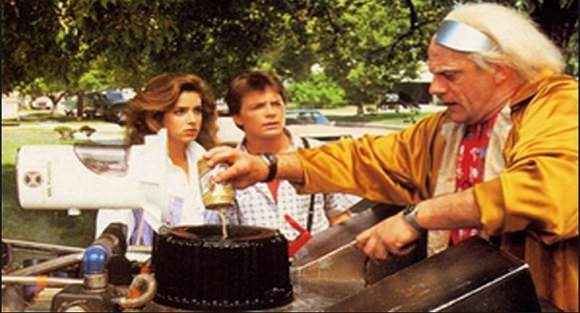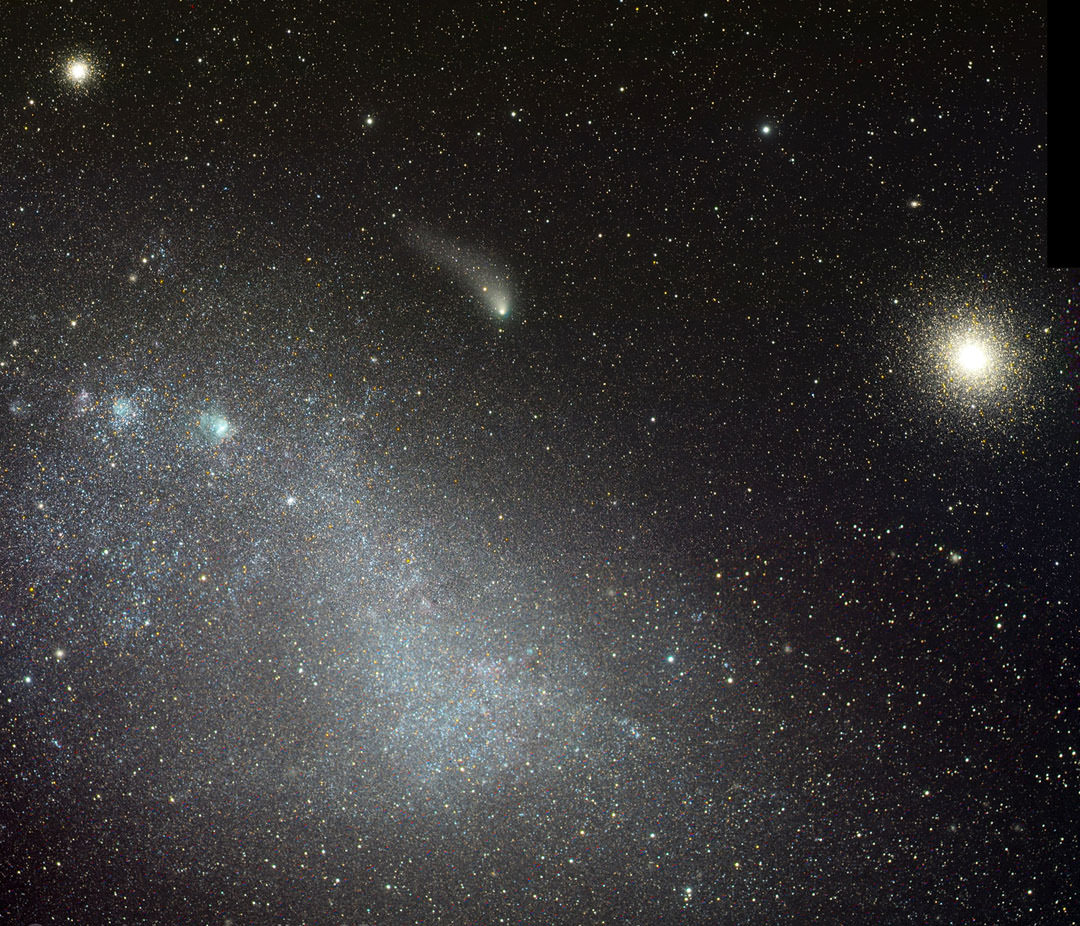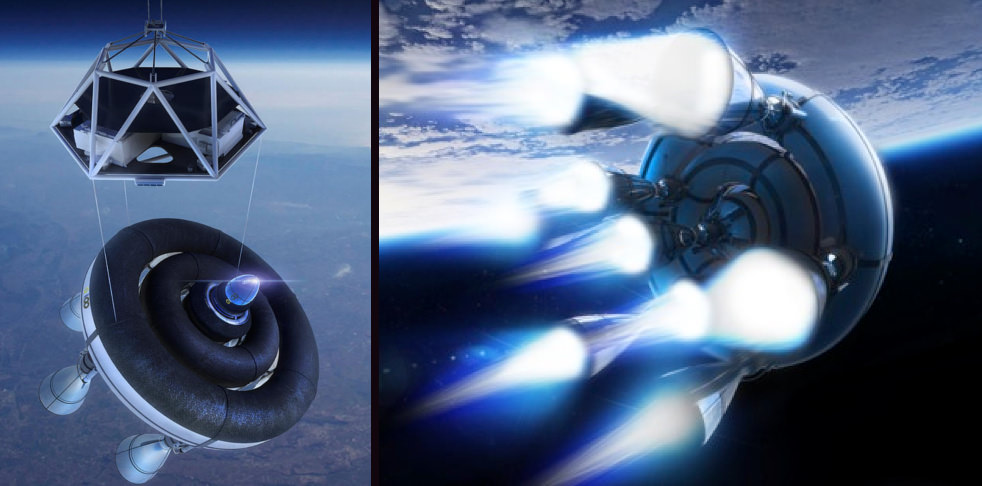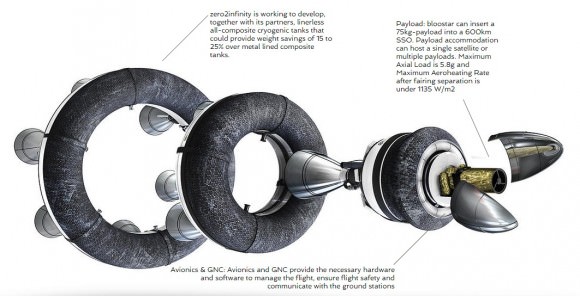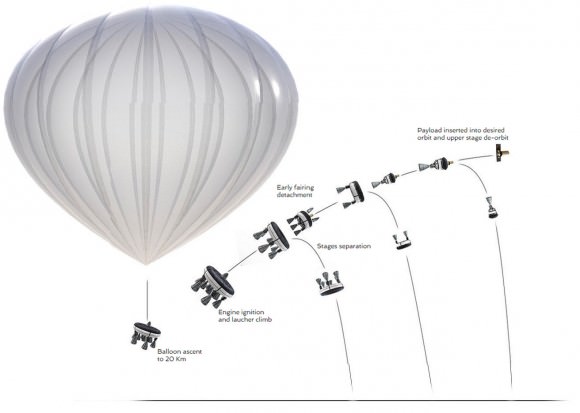Officials from Virgin Galactic and Scaled Composites have confirmed one of the pilots was killed and another was injured in a major anomaly during a test flight of SpaceShipTwo today (Friday, October 31). The names of the pilots have not yet been released. During a hastily-called press conference, officials said launch of the WhiteKnightTwo plane carrying SpaceShipTwo occurred at 9:20 am PDT this morning and at 10:10 am, SpaceShipTwo (SS2) was released for its test flight to the edge of the atmosphere and space. Two minutes into its flight, SpaceShipTwo encountered an anomaly. Officials had no immediate cause but the rocket motor is the first point of concern.
During the press conference, it was stated that the rocket motor called RocketMotorTwo (RM2) had itself been flown in four previous flights but this was the first flight of version 2 now using a nylon-type plastic called thermoplastic polyamide, replacing the rubber-based fuel used by SpaceShipOne; ultimately too problematic for the SS2 design. Participating in the press conference were executives Kevin Mickey, CEO of Scaled Composites, George Whitesides, CEO of Virgin Galactic and Stu Witt, chief executive of Mojave Air and Space Port. They emphasized that the nylon-based rocket fuel and engine had been thoroughly tested on the ground and they were confident of its readiness for in-flight testing.
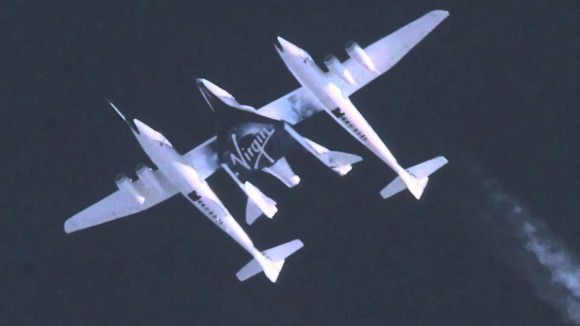
Within seconds of release, SpaceShipTwo’s engine ignited for flight. Two minutes into the powered flight would have permitted considerable time for SpaceShipTwo to gain altitude and speed. The pilots were not wearing pressure suits, only masks providing supplemental oxygen. At 50,000 feet and more, conditions are equivalent to space, and fluids in the human body begin to boil – turn from liquid to gas. The velocity of the surrounding jetstream upon breakup or ejection would have caused loss of their masks and any oxygen possibly carried with them.
Scaled Composites did not state during the press conference at what altitude the accident occurred. Based on the time of the accident – 2 minutes into powered flight – the vehicle could have been anywhere from 40,000 feet (12 km) to as high as 200,000 feet (60 km). It is more likely that, for this first flight of the nylon-based propellant, the trajectory was left shallow or the full potential of the motor not tested.
SpaceShipTwo does not have ejection seats but is equipped with an escape hatch. The fuselage is fully pressurized for the pilots and planned paying customers. It is not yet determined if the test pilots escaped from the hatch or were thrown from the vehicle after its mid-air breakup.
It is standard practice for any test pilot in an experimental vehicle to be wearing a parachute. SpaceShipTwo would be no exception. Furthermore, being aware of the flight conditions and escaping from a vehicle at high altitude, the chutes very likely had automatic mechanisms to deploy, assuming unconsciousness.
The press conference did not provide further details. At noon time PST, it did not seem evident that the rescue teams knew the conditions of the crew. Rescue teams at the Mojave airport supporting Scaled Composites were prepared and were quickly dispatched. The debris field was located but some more time was required to find both test pilots.
“We do know one of the crew members was met by emergency responders, treated on the scene, and transported to Antelope Valley Hospital,” said Witt at the press conference. “We also know that we have one fatality.”
During the press conference, Scaled Composite and Virgin Galactic executives emphasized their grief and concern for the surviving pilot, the families and friends. The Mojave desert-based companies are a tight knit group and a loss is certainly extremely personal to every team member. The executives did also emphasize once again that “space is hard.” This was first stated by President Kennedy during his famous speech at Rice University. Those words were echoed earlier this week when Orbital Sciences Antares rocket exploded seconds into flight and the leaders of lost payloads were also quick to state the same. The Scaled Composites expressed during the press conference that they remain determined and committed and now in honor of a fallen test pilot and another fighting for his life.
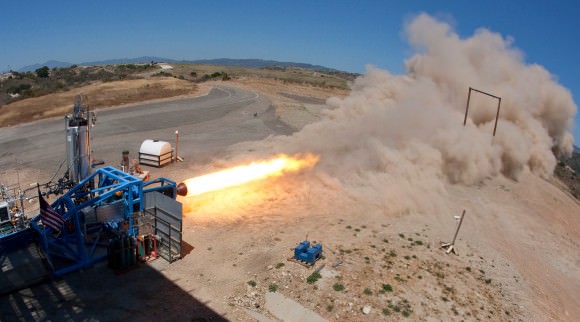
Now a accident investigation begins. The FAA and NSTB will be involved. The investigation of this type of accident will takes months. For Scaled Composites who is effectively responsible and the owner of the flight systems will be analyzing their telemetry and are now forced to consider if the new rocket fuel is worthy of flight or whether they will turn to another solid fuel for SpaceShiptTwo. Sir Richard Branson, owner of the Virgin Group including Galactic has stated that they are five years behind schedule and most of this is attributed to engine development troubles. Company executives stated during the press conference that Branson is expected in Mojave within 24 hours.
Correction: November 1, 2014
In the original article of October 31, 2014, released immediately after the first press conference in the aftermath of the fatal test flight accident, it was stated that the rocket engine in the test flight was using thermoset plastic similar to nylon. The article is now corrected. The rocket fuel of version 2 of RocketMotorTwo is a thermoplastic polyamide which is similar to nylon.

